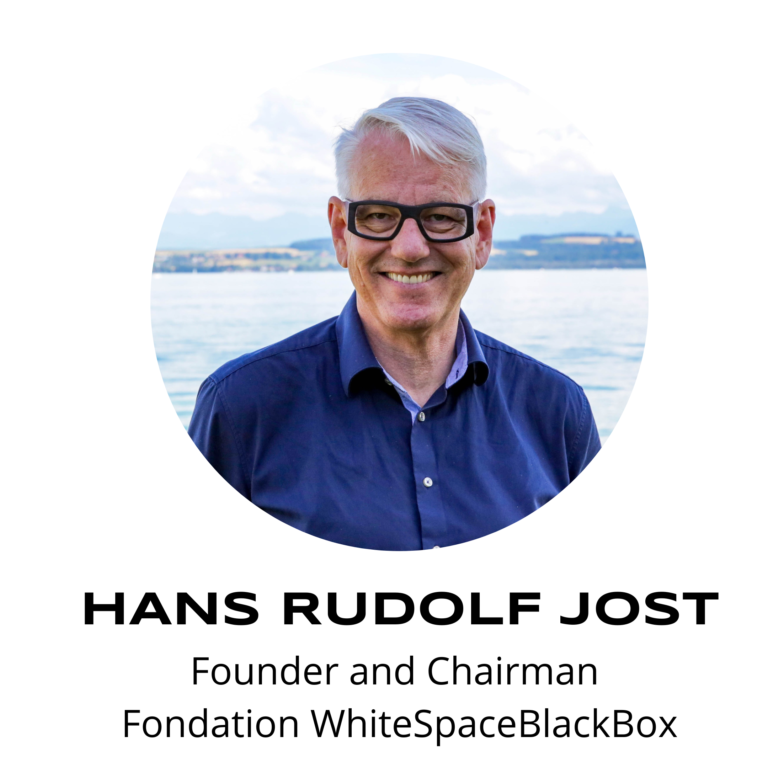BECOME A FRIEND
OF WHITESPACEBLACKBOX
OF WHITESPACEBLACKBOX
OF WHITESPACEBLACKBOX
You might want to support us, our activities and our artists. The easiest way is: Buy an artwork! Or: Become a «friend» and subscribe to a yearly membership fee.

Artist Jeff Koons in front of the sculpture “Tulips” at Neue Nationalgalerie, Berlin (© Shutterstock)
Do you remember the last time you left an art place as a «new person», not simply more-of-the-same, but deeply shaken, galvanized to change the world? A Contemporary Art Museum that changed you? A gallery visit, where small talk had to give way to the speechlessness of deeply touching art? No answer?
The unsurprising answer is: Art hides in cuddly bubbles. Fluid, colorful, sellable, fulfilling expectations, activistic in homeopathic doses. Little impact. Yet the artistic self-image, as taught by Art Academies and reinforced by galleries and auction houses, is «the mirror of social conditions and the conscience of mankind». Whoever today works as an artist has to be measured by these ambitions. So seen, we realize that the Art Market fails to meet its own aspirations.
Because a player that likes to call itself the Art Industry – this euphemism alone says: it’s not about touching, it’s all about big bucks and big ego – is lolling around in Instagram’s seconds of fame, where it’s more about vanity than content. Everyone’s on broadcast, no one’s on reception.
Yes, these are difficult times. And they will most probably get even harder. But when it comes to complexity, you can’t get anywhere with noise. You also have to be able to listen. To agree to not agree. That’ s what tolerance is all about. You simply can’t do so without pain. And there is no fundamental right to pain-freeness.
But where does that leave art? Where are these early warning sensors of touching art? What new, really new debates are currently being triggered by art? What is emerging from the art bubble and where is the pain? With all due respect: art has lost its function as agenda-setter.
Although, according to the late Christian Boltanski, «the artists’ subjects have always been the same, there are five or six: the search for God, eroticism or sex, death, the beauty of nature … Each artist refers to the same thing as his predecessors, but with the words of his time». Instead of strong words, there is eloquent speechlessness and obedience to the art market and to sellable mainstream. Where is the legacy of Kassel and Venice on the divine, sex, beauty, or death? Where are the Nietzsches of nowadays, who show that «we have art in order not to die of truth».
It is quite understandable when we set up the world as a pain-free cuddly playground. But: when art generates comfortable certainties, it degenerates to propaganda.
Stay curious.

You might want to support us, our activities and our artists. The easiest way is: Buy an artwork! Or: Become a «friend» and subscribe to a yearly membership fee.